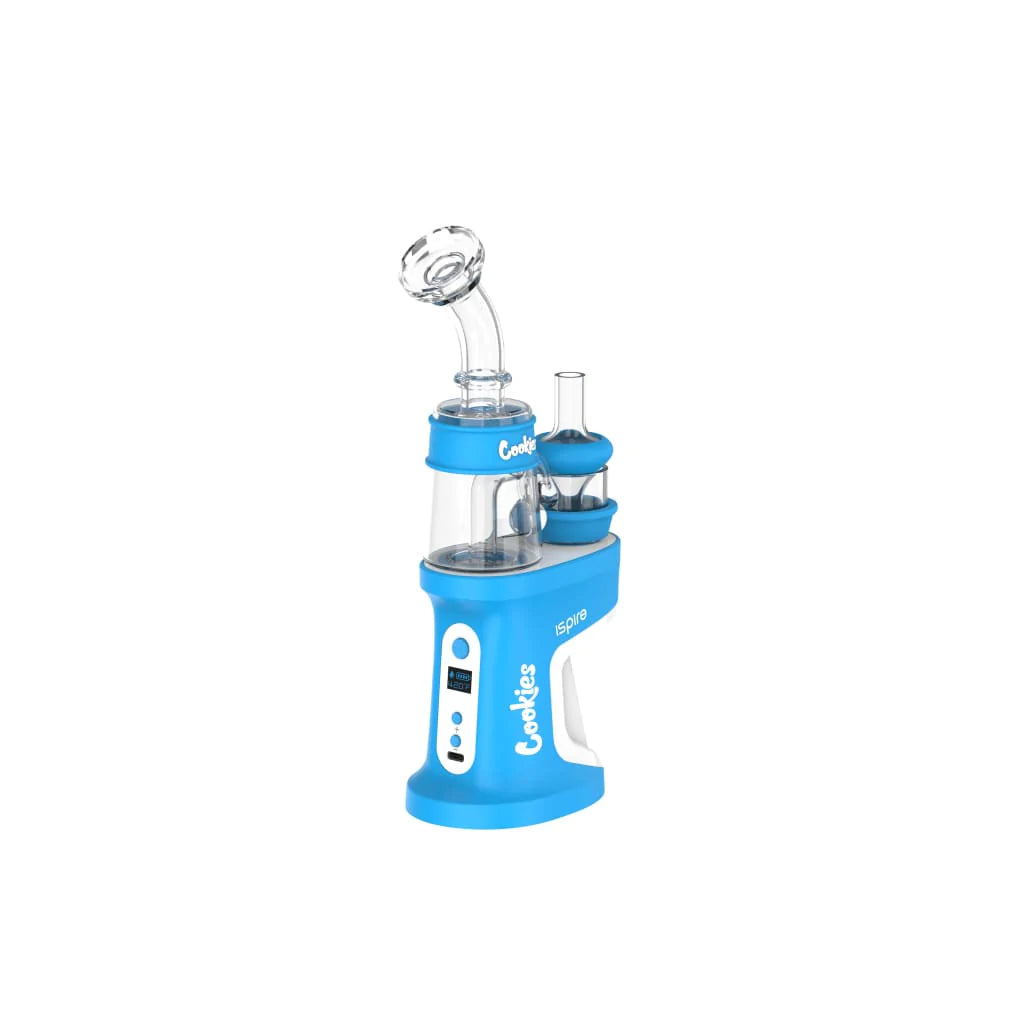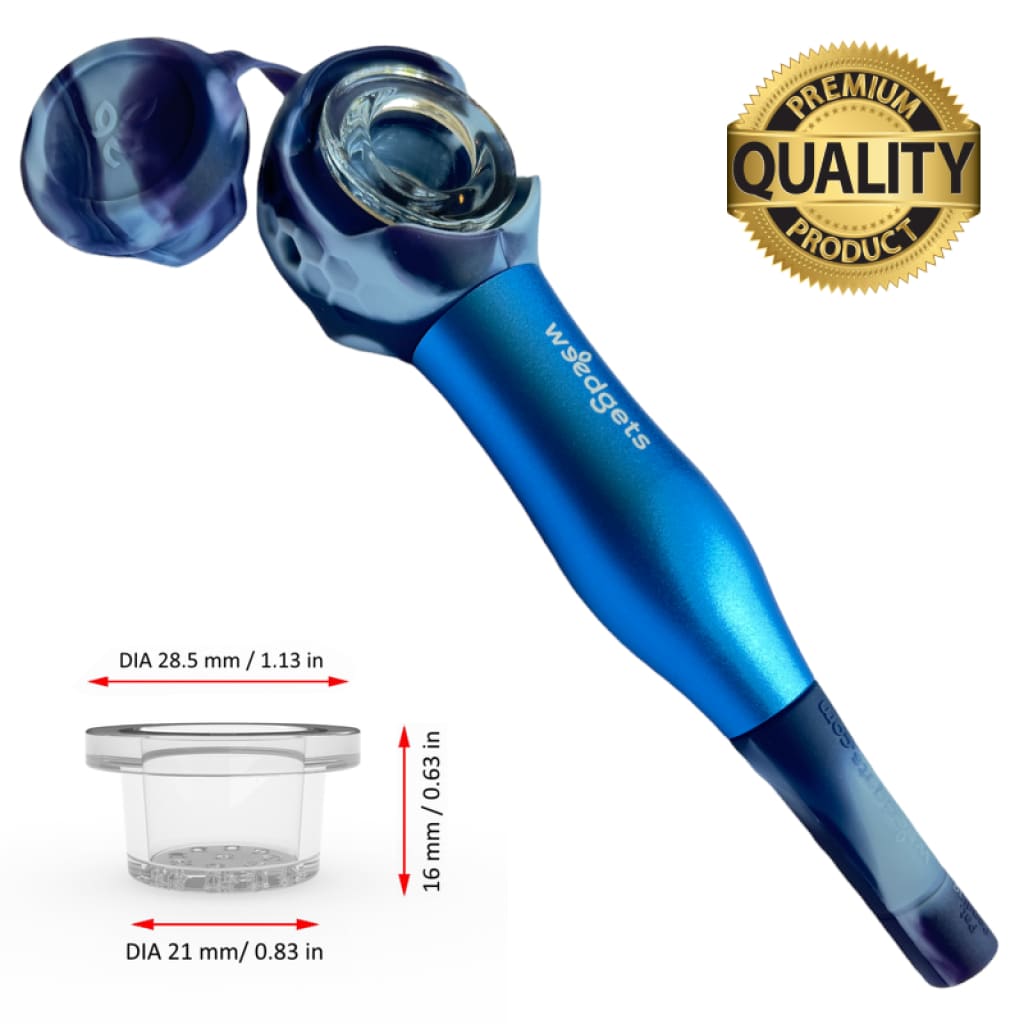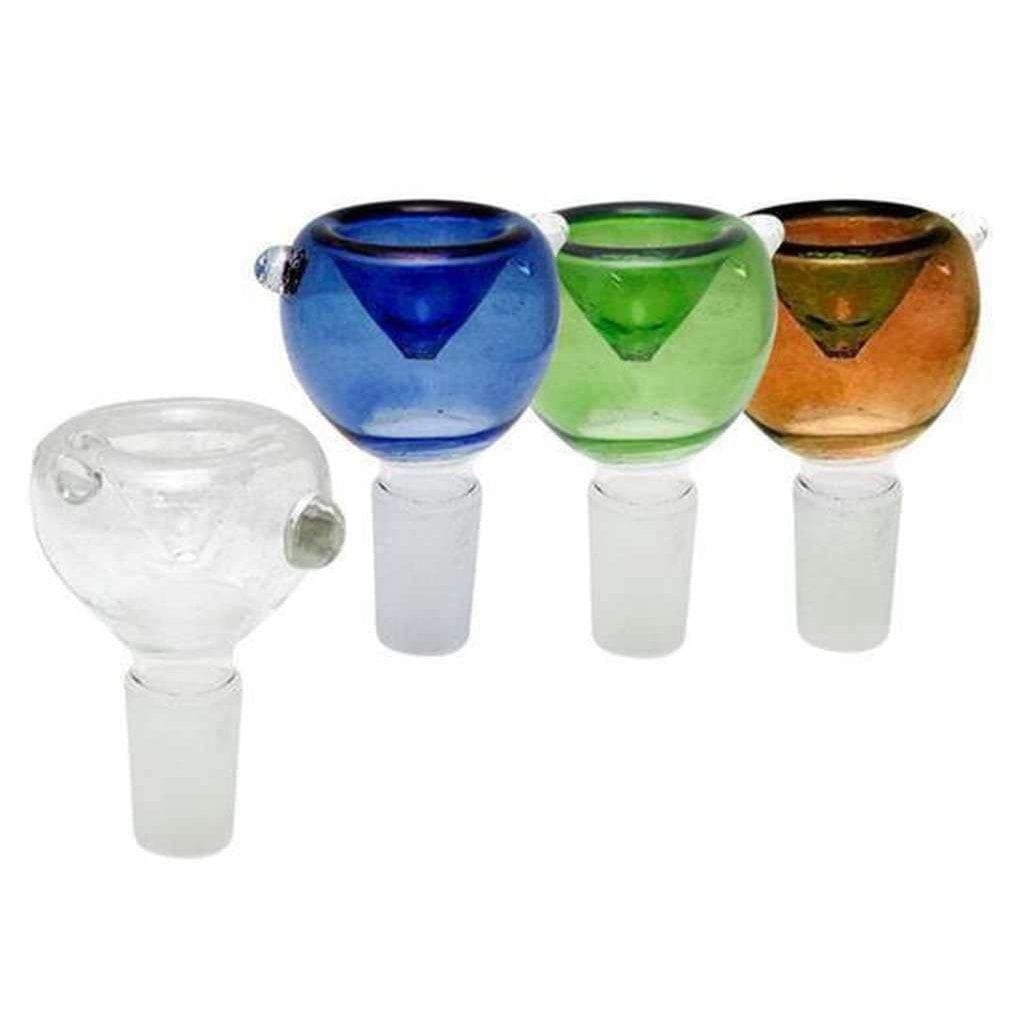What is THC-O Acetate & How is it Made?
In a decades-old quest to increase potency in cannabis, mastering growing techniques to improve the cannabinoid expression of tetrahydrocannabinol, or THC, has led to some of the most potent strains of cannabis sativa the world has ever seen. In addition, methods for extracting the essential oils and cannabinoids from the plant have provided some of the purest THC products known to man. For example, THCa crystalline claims 99.9% purity.
Laboratory processes like chromatography can provide pharmaceutical grade cannabinoid and terpene extracts like distillates and isolates, no differently than terpenes and essential oils are extracted out of other plants and herbs. While pure extracts can still be considered an all-natural product, some chemists and pharmaceutical companies may be looking for that next step in potency.
THC-O-Acetate, or A-THC, which some have reported as being more spiritual and psychedelic than the more common form of the cannabinoid, has been shown to be two to three times as potent as THC. However, the process to create this acetate version of THC is extraordinarily dangerous, using highly caustic chemicals, which makes this man-made cannabinoid extremely rare.
Ironically, although its rarely mentioned in either the legal market or the black market, the US Government has known about THC-O-Acetate for decades.
Almost 7 decades ago, at the Edgewood Arsenal in Maryland, the U.S. military started conducting experiments using THC acetate in experiments on canines for use in as a non-lethal incapacitating agent for warfare. In other words, the military attempted to weaponize cannabis. Research shows the acetate version of the cannabinoid had twice the strength of THC to impair the muscle function of the dogs.
In 1978, a man in Jacksonville, Florida was making the drug, but being it was an isolated incident the push to make it illegal never materialized. In this case, a cannabis extract had been obtained by a Soxhlet extraction. The extract had been acetylated with acetic anhydride, and in the final step, the excess acetic anhydride removed by distillation.
Ironically, the compound is not listed as a scheduled drug in the United States, however, in 1986 the US Government made all analogs of THC illegal, so it’s likely this substance would fall into that category. Not surprisingly, there has only been this one instance of the drug being found in the United States.
Outside the US
The United Kingdom and New Zealand both found incidents of THC acetates in 1995 when they outlawed them. In both cases, the manufacturers were using acetic anhydride and instructions from a book titled Cannabis Alchemy: Art of Modern Hashmaking by D. Gold.
The “Un”-Natural Cannabinoid
THC-O-Acetate is not a naturally occurring cannabinoid, which causes concerns for some whole plant cannabis advocates. Creating THC-O-Acetate is not a process which can be done at home. Trying to do this at home is impossible as it requires expensive equipment to keep the process from being deadly, as the chemicals required to synthesize THCa into THC Acetate are very dangerous.
The cannabinoids in the raw plant material are found in a carboxylic acid form, otherwise known as acidic cannabinoids. When THCa is heated it becomes the delta9-THC we are familiar with. However, by using two chemicals, sulfuric acid, and acetic anhydride, a qualified chemist can produce THC-O-Acetate.
A word of caution, sulfuric acid is a highly corrosive chemical which can be extremely dangerous to handle. Additionally, acetic anhydride is also corrosive, as well as, flammable and explosive. In a process similar to making heroin from morphine, these chemicals and heat are used to cause a reaction which forms the new, more potent chemical compound.
THC-O-Acetate: The Spiritual Cannabinoid
With a potency estimated to be about 300% that of THC, the acetate version of the drug is considered to be very psychedelic and introspective. Just don’t expect to move much, remember the military was studying this compound to paralyze its enemies.
Additionally, like other isolates, due to the processing required to make this substance, all the other beneficial compounds found in the plant have been stripped away. There’s no flavor, no aroma, just a heavy brown oil.
Similar to eating a THC-infused edible, THC-O-Acetate takes time to metabolize in the body. Anyone who has ever had a pot brownie is familiar with the process of metabolization. While enzymes in the liver metabolize delta9-THC into 11-Hydroxy-THC for that potent, long-lasting edible high, THC acetate also has to be metabolized.
The process of turning THC into an acetate, means the body must “de-acetylate” the prodrug before it can be activated and create any kind of an effect. This process, like edibles, is said to take between 30 minutes and an hour.
Future Potential
Although it’s unlikely you will find this product on the shelves at your local dispensary, there are a few benefits to the acetate versions of cannabinoids.
- Water Soluble – cannabinoids in their natural form are lipids, which means they are fat-soluble (they dissolve in oil) which can decrease bioavailability. However, in this acetate form, the cannabinoids are soluble in water which can make them easier to get into the body.
- Potency Increases – Acetate versions of cannabinoids may help in cases where the natural cannabinoid doesn’t have the desired effect. Due to differences in human biology, some patients may need a different version of the drug to stimulate the receptors appropriately.
As legalization continues to move forward and bigger pharmaceutical companies come on board, acetate versions of cannabinoids could be the prescription version of cannabis. In a sort of reverse process of becoming an over-the-counter drug, creating these more potent, acetate versions of cannabinoids, could help in medical cases which fall on the extreme ends of the spectrum or are severely treatment resistant.
But, How Much is Too Much?
Maybe one of the biggest benefits of medical cannabis is its inability to cause a fatal overdose. Americans are all painfully aware of the dangers of opioid medications. Even NSAIDs, or over the counter anti-inflammatories claim the lives of 16,000 per year.
Even the CDC admits it would take an astronomical amount of cannabis to overdose and die. Research suggests it would take consuming 1500 pounds of cannabis in under 15 minutes to cause a fatality from cannabis alone. However, as growers continue to find ways to increase the cannabinoid production in the cannabis plants, plus find new ways to concentrate the extracts, and now use another chemical to make the active ingredient even more potent – the question arises… how strong does it really need to be? Do we really need to make cannabis so potent that we actually could create the risk of an overdose?
Obviously, we’ve learned from the production of powerful drugs like fentanyl, potency in the wrong hands could spell disaster for the American population. With great power comes great responsibility and using deadly chemicals to make a safe plant more dangerous seems like it could be counter-productive.








